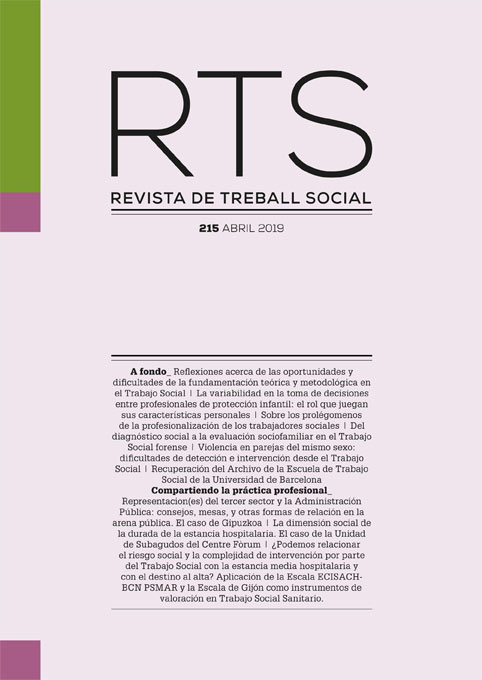In recent years, there has been a huge array of rights and freedoms established for non-heterosexual people and couples. Certain events, such as the approval in 2014 of Act 11/2014 in Catalonia, to guarantee the rights of lesbian, gay, bisexual, transgender and intersex (LGBTI) people and to eliminate homophobia, biphobia and transphobia, or the official opening of the LGBTI resource center in Barcelona, are two examples of these developments. This recognition and entitlement of LGBTI people and same-sex couples has made it possible to profoundly analyse these types of couples and discover that situations of violence also emerge, although they are scarcely disclosed.
The goal of this exploratory article is to describe the perception held by social work professionals surrounding the characteristics of violence in same-sex couples and to identify the function to be performed from the standpoint of social work in these cases of violence (barriers to detection, intervention and needs to be able to work on these cases). In this study, 62 social work professionals took part, responding to a self-administration questionnaire. The results show the difficulty in working on this type of violence and enable us to open up a debate to facilitate an understanding of this complex reality that is increasingly coming to the fore.





